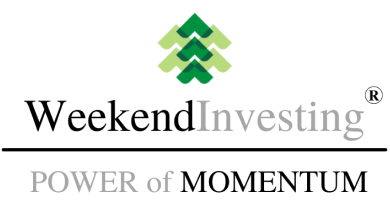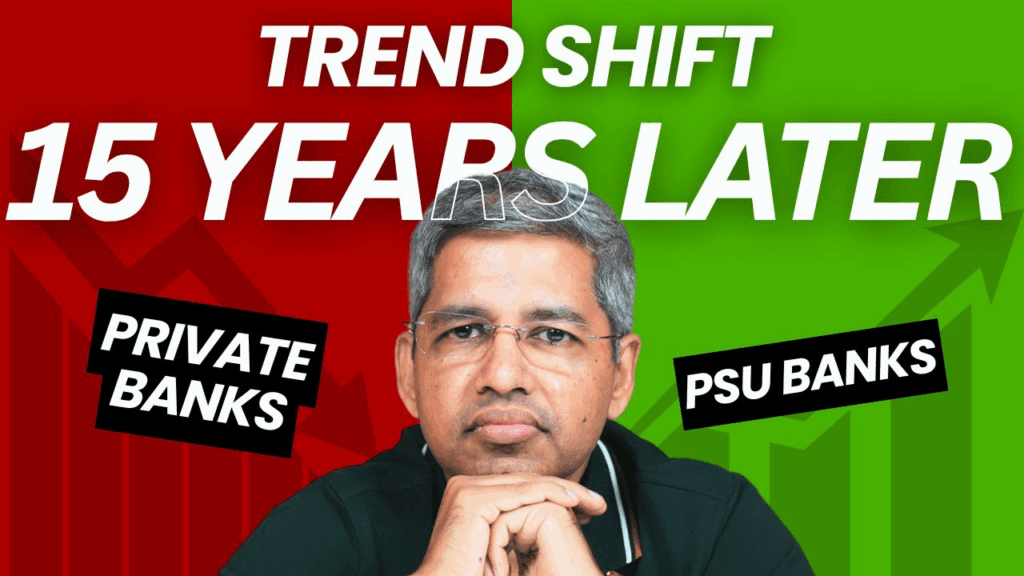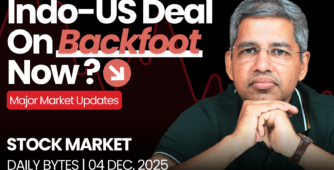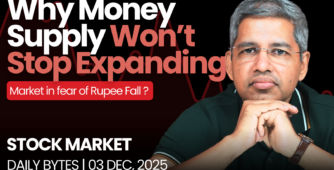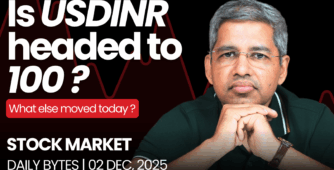Where is the market headed?
The week began on a surprisingly strong note, especially for the Nifty, defying widespread expectations of a volatile Monday due to escalating tensions between Israel and Iran. Despite actual strikes on Iranian refineries and disruption in oil trade, the markets seemed largely unaffected. Crude oil, which had touched $78, fell back to around $72–73, and US markets remained within a few percentage points of all-time highs.
This resilience is puzzling, given the scale of geopolitical developments. Even with around 20–30% of oil supply potentially impacted, the market has shown little concern. It suggests that ample liquidity is driving sentiment, raising questions about whether we are operating in an artificially stable or ‘synthetic’ market environment.
The market appears to be more focused on liquidity than fundamentals. Even the anticipation that the Fed may not cut rates this week hasn’t stirred concern. The dollar index remains stable, crude has cooled off, and the downturn in emerging markets hasn’t sustained. Interestingly, even Israeli markets and US equities have moved up amid news of American support in the conflict.
These developments underscore the unpredictable nature of markets and the importance of focusing on trends rather than narratives. While headlines may shift from tariff debates to war threats, the market seems to have either priced in the risks or is expecting a resolution soon. In the end, following the trend remains a more reliable strategy than reacting to evolving news flow.
Market Overview
The index is trading near the higher end of the long-standing congestion zone, effectively neutralising the weakness seen at the end of last week—for now. As of now, the Nifty is up 0.92%, closing around the 22,946 mark.
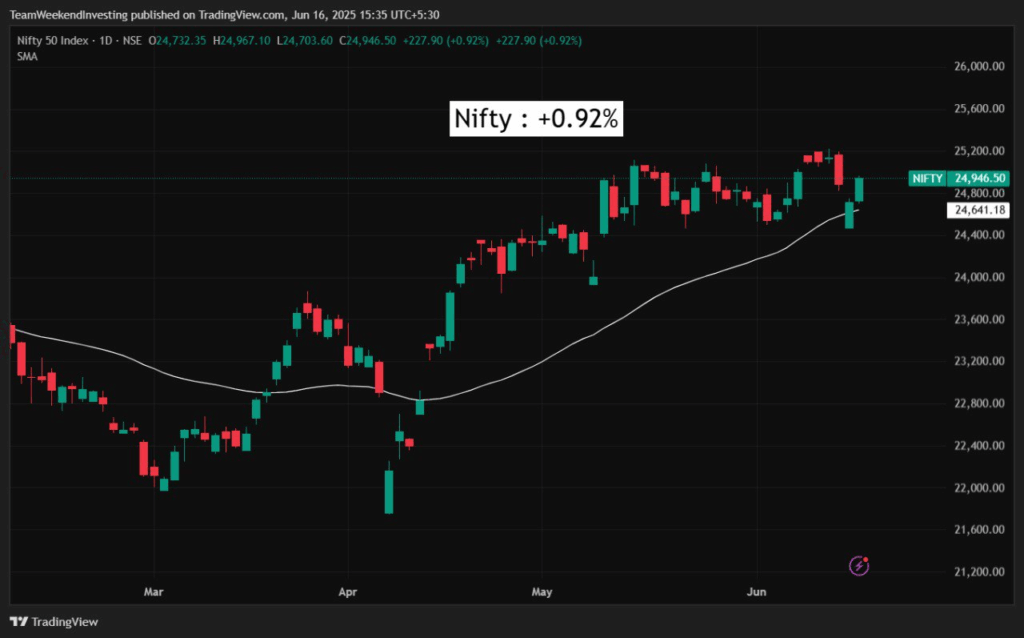
Nifty Next 50
Nifty Junior has also mirrored the broader market’s recovery, erasing the entire gap created during Friday’s sharp sell-off. Over the last two sessions, it has steadily regained lost ground, with a 0.74% gain recorded today alone. The index is now back to its pre-fall levels, signalling a swift reversal in sentiment.
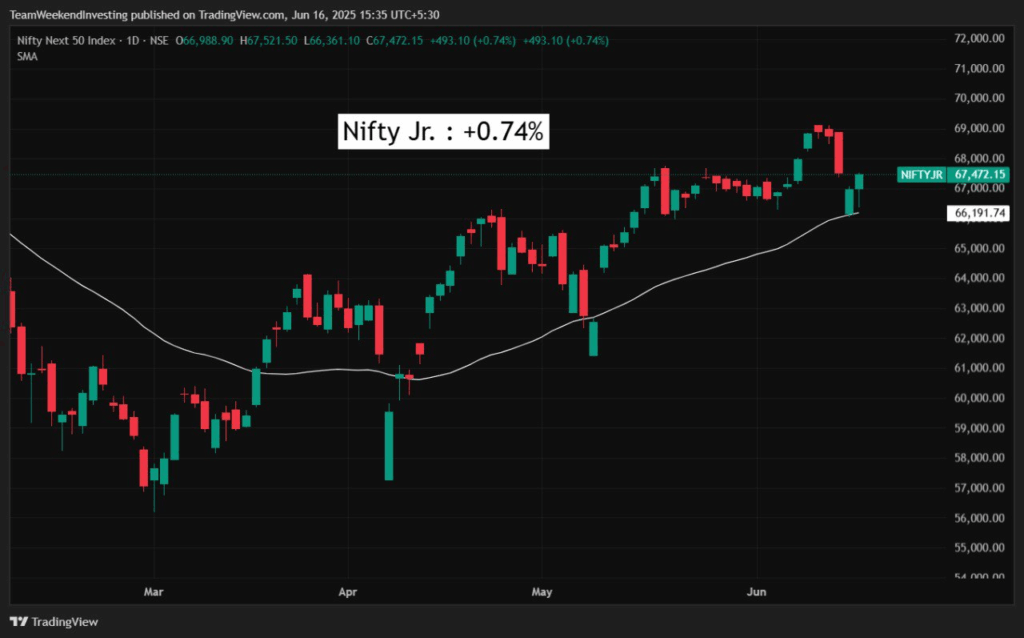
Nifty Mid and Small Cap
In the mid-cap segment, the index has not only filled the gap but moved beyond it, closing with a gain of 0.75%.
Similarly, small caps have also recovered fully and pushed past the gap, ending the session 0.5% higher. This broad-based recovery indicates improving sentiment across market segments.

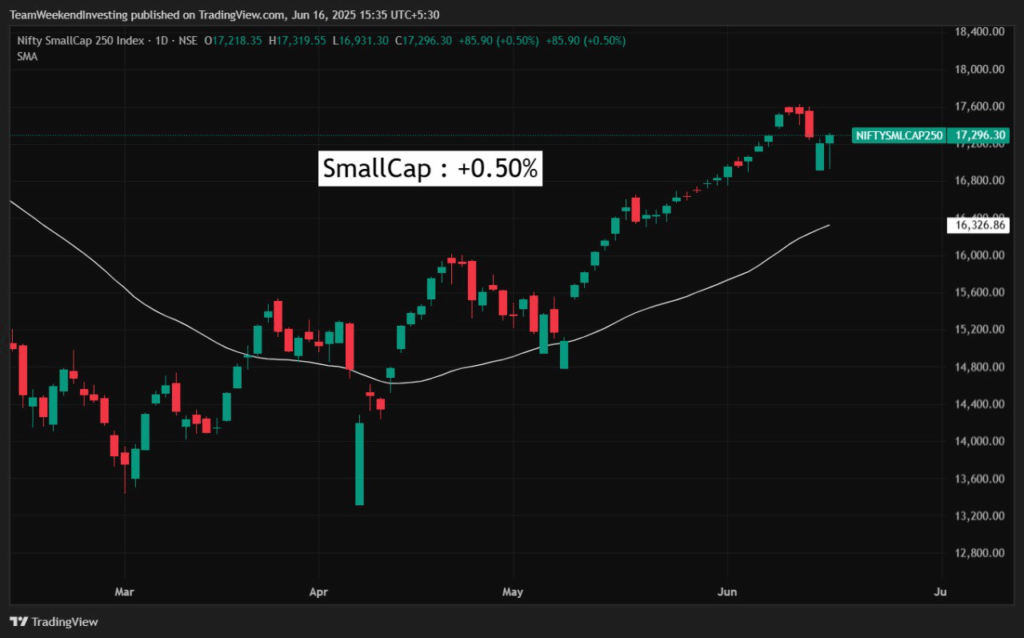
Bank Nifty
In the banking space, the index has nearly closed the gap as well, ending the day with a gain of 0.75%. This aligns with the broader market recovery seen over the last two sessions.
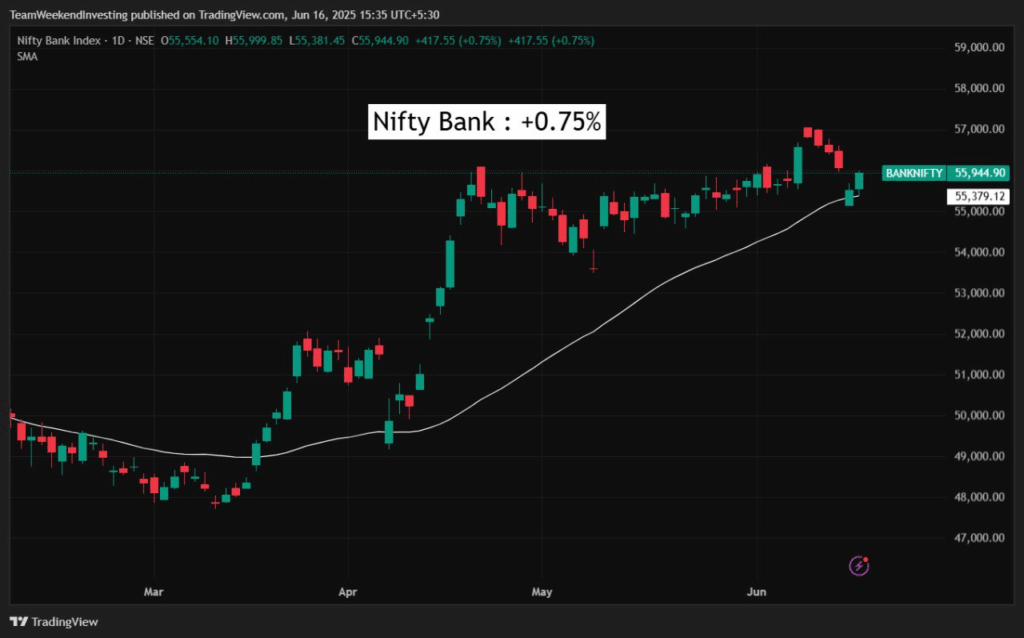
GOLD
Gold witnessed a mild correction of 0.62%, yet it continues to hold strong at ₹10,005 per gram. Despite the pullback, this remains one of the highest weekly price levels recorded, reflecting the ongoing strength in the precious metal.
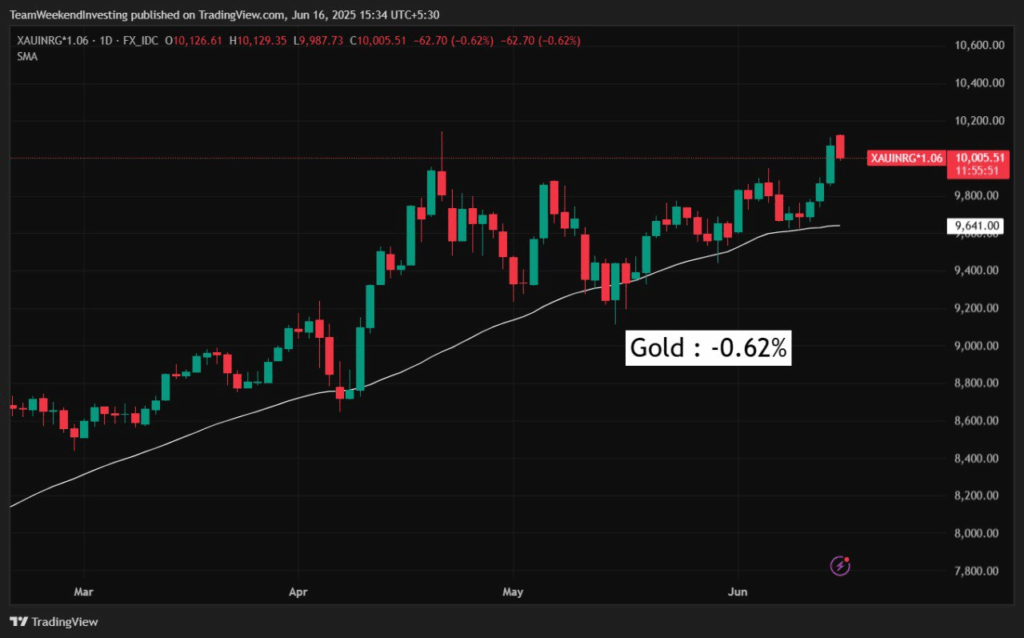
Advance Decline Ratio
Today, despite the backdrop of adverse news, the market breadth turned more positive, potentially hinting at upward momentum ahead. By the close, advances stood at 318 and declines at 180, reflecting a notably improved sentiment.
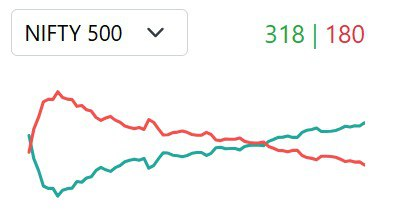
Heat Maps
The heat map for the day was predominantly green, reflecting broad-based positivity across sectors. Tata Motors was among the few notable laggards, declining 3.57%, while Dr. Reddy’s also saw a mild dip of 1.15%. Bajaj Finance appeared down due to an ex-split and ex-bonus adjustment, which is a technical factor and not an actual loss.
On the positive side, heavyweights like Reliance, Bharti Airtel, HCL Tech, Tech Mahindra, ONGC, and life insurance companies posted gains. Cement and Steel stocks also performed well, and Private banks held steady.
In the Nifty Next 50, stocks such as Indigo, TVS Motors, Zomato (Swiggy), Info Edge (Naukri), and Indian Hotels rebounded after recent corrections. LIC, DLF, Lodha, Chola Finance, and United Spirits were also strong performers. Some mild profit booking was observed in Motherson, Adani Power, and Bajaj Holdings.
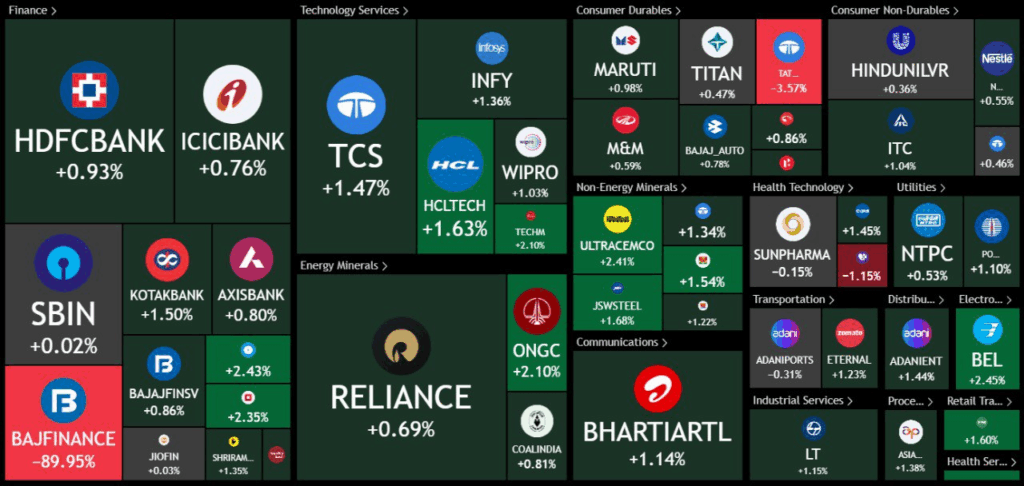
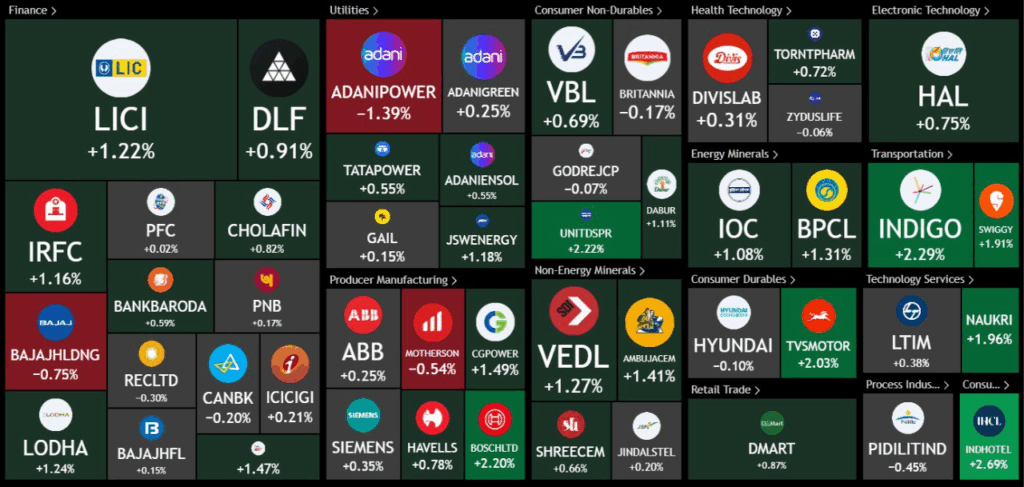
Sectoral Overview
In today’s sectoral trends, the Nifty IT index led the market with a strong gain of 1.57%, followed by the tourism sector at 1.4%. Public sector enterprises and real estate also performed well, each rising by 1.3%. Other sectors such as oil and gas, infrastructure, commodities, metals, capital markets, and the broader services sector all posted gains of 1% or more, marking a robust performance across the board.
On the flip side, a few sectors lagged but still ended in the green. The Auto sector edged up by 0.18%, pharma gained 0.25%, and PSU banks rose modestly by 0.26%, reflecting a generally positive sentiment across the market despite global uncertainties.
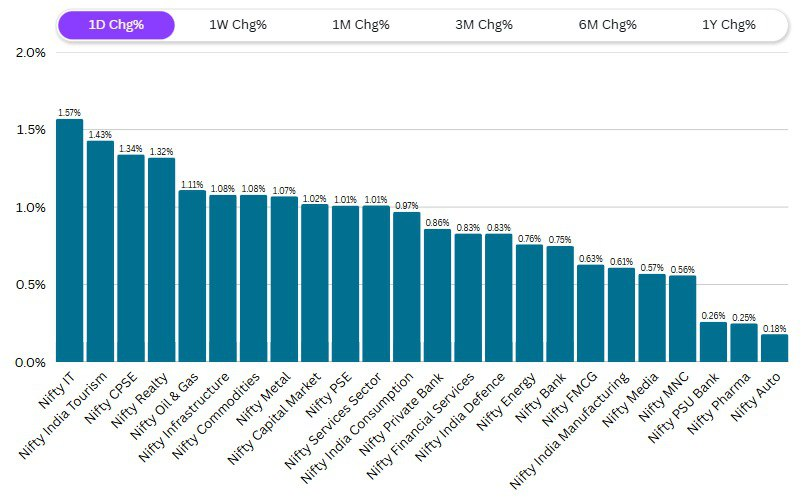
Sector of the Day
Nifty IT Index
The IT sector is currently displaying a classic inverse head and shoulders pattern, which is typically a bullish indicator. Leading this charge are stocks like Emphasis, Persistent Systems, Oracle, Tech Mahindra, and Coforge—all of which have shown strong momentum, contributing to the sector’s positive outlook.
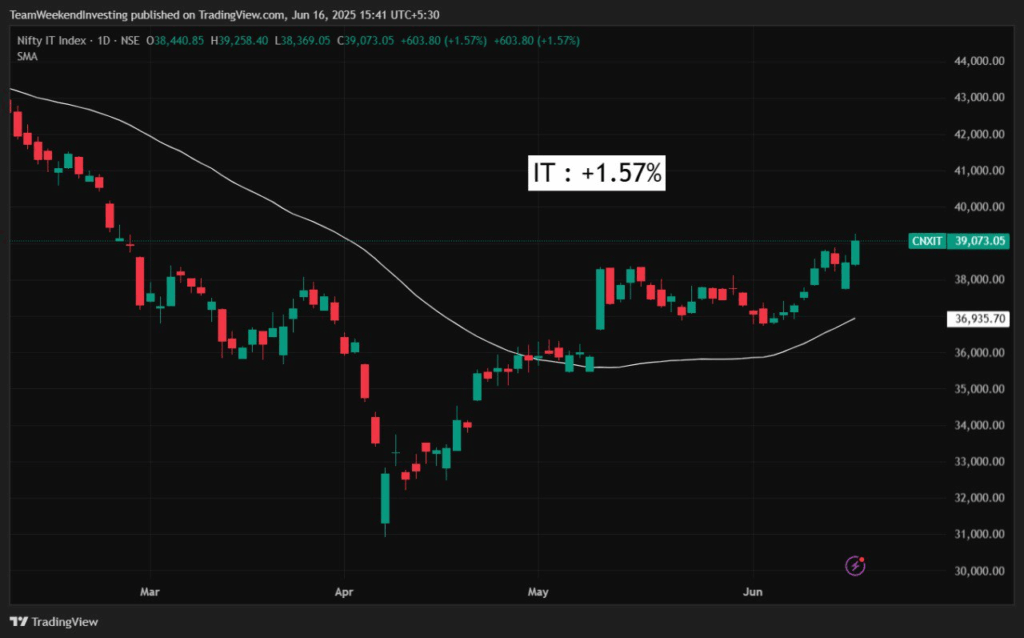
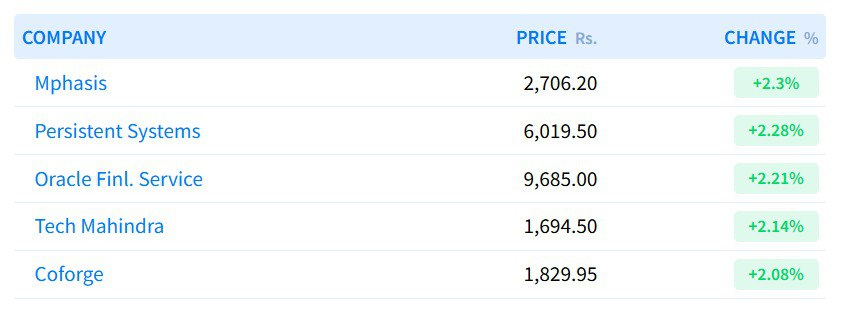
Story of the Day: PSU vs Private Banks: A 15-Year Trend Reversal in the Making?
Over the past 15 years, we have witnessed a dramatic shift in the balance of power between private and public sector banks in India. Recently, The Economic Times highlighted a significant moment: for the first time in 14 years, PSU banks outpaced private banks in loan growth. In Q3 FY25, corporate loans among the top five PSU banks grew at an average of 10%, while the top five private banks recorded an average growth of less than 4%. This marks a notable narrative shift in the banking space, but how does it reflect in long-term stock performance?
Looking at 20 years of historical data, the performance gap between private and PSU banks is stark.
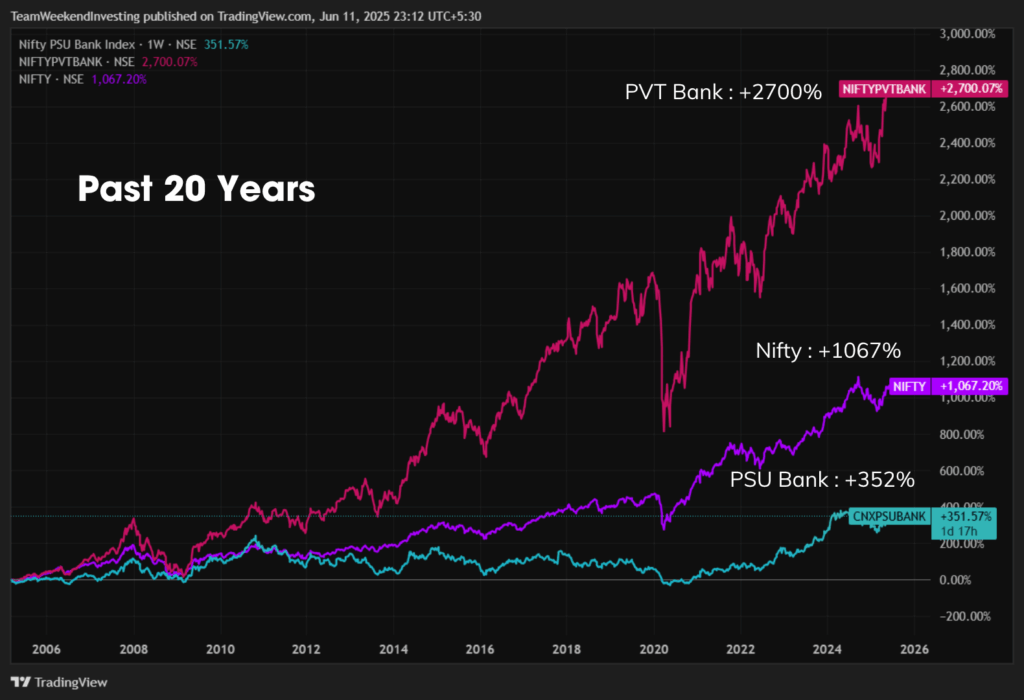
While the Nifty index itself grew nearly 1,000% during this period, private banks surged by an impressive 2,700% as an index. In contrast, PSU banks rose by just 352%. The disparity is even more striking when isolating the 15-year period leading up to the Covid-19 pandemic. From 2005 to 2020, PSU banks grew by only 63%, whereas private banks expanded 1,636%.
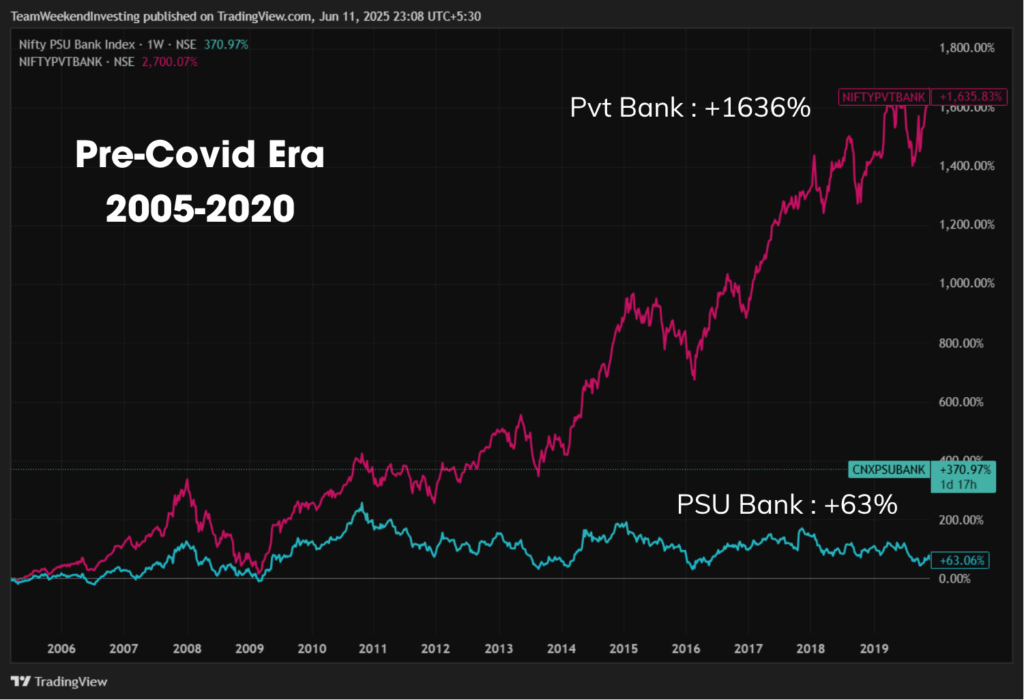
Comparing the two sector giants, HDFC Bank gained 2,100% in this timeframe, while SBI rose just 400%, broadly mirroring the overall sectoral indices.
However, the trend began to reverse after the Covid outbreak. In the post-Covid era, the last five years have seen PSU banks emerge as market favourites, delivering a stellar 400% return, compared to just 76% for private banks. Within the same period, SBI climbed 251%, while HDFC Bank managed only 40%.
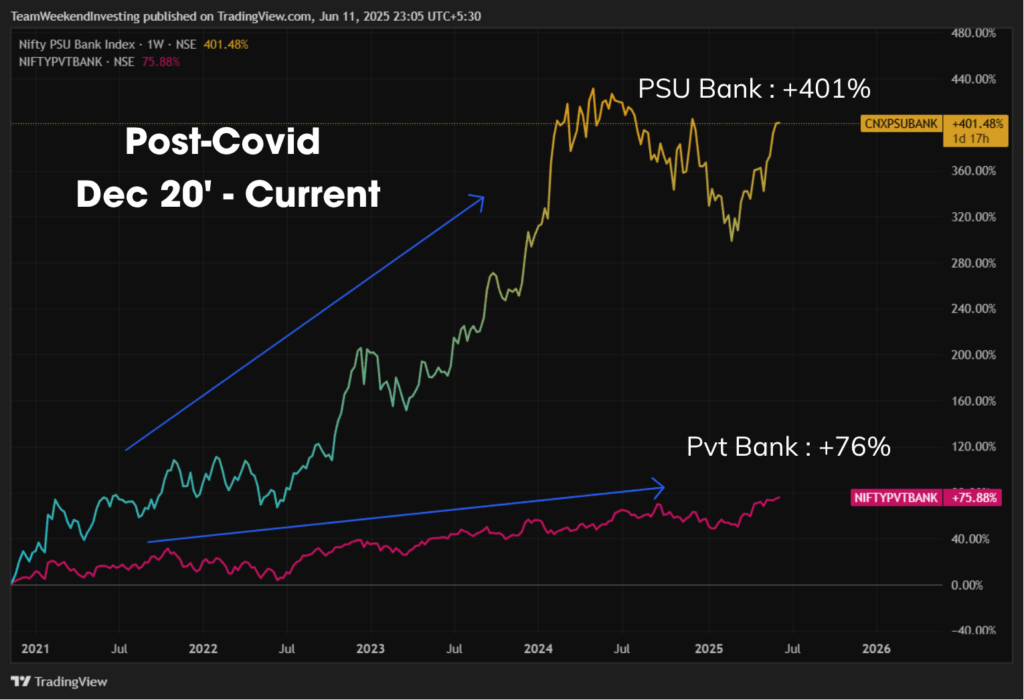
This reversal suggests a significant shift in market sentiment and institutional preference.
Drilling down into the top five banks in each segment reveals further insight. Among PSU banks, Canara Bank has led the pack with a return of 533%, followed by Union Bank (510%), Bank of Baroda (420%), PNB (271%), and SBI (253%). In contrast, the top private bank, ICICI Bank, returned 177%, followed by Axis Bank (100%), HDFC Bank (40%), Kotak Bank (9%), and IndusInd Bank, which delivered a negative return of -2.2%. Clearly, the PSU rally has been broad-based, while private bank gains have been concentrated in a few names.
But this momentum appears to be shifting yet again. Since March 2024, private banks have started to outperform, rising 20% compared to a mere 0.33% gain in PSU banks.
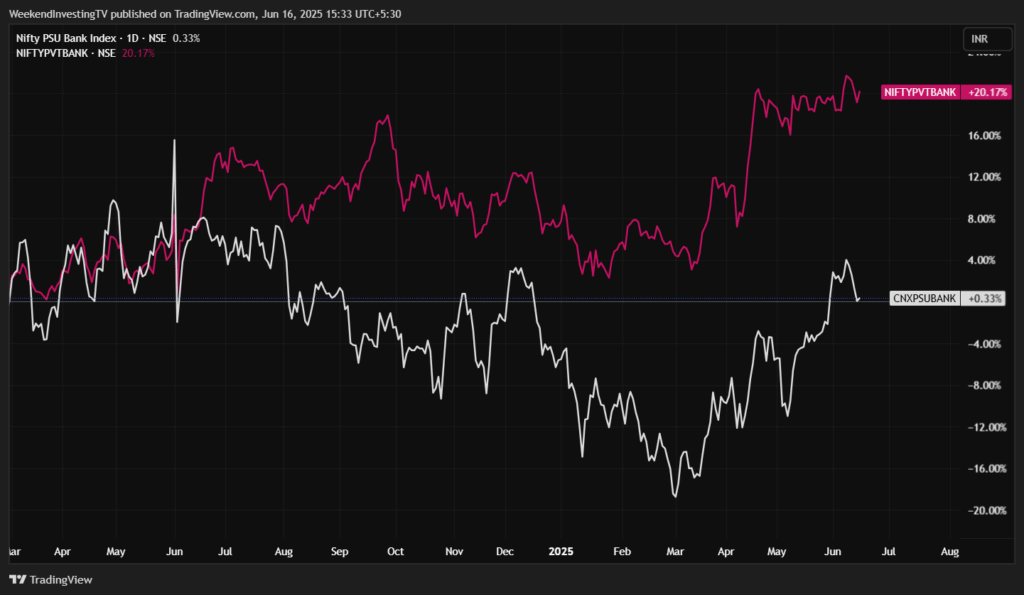
This illustrates how sectoral trends can change rapidly, and underscores the importance of tracking momentum and making data-backed investment decisions rather than relying solely on long-term conviction plays.
For instance, HDFC Bank, often considered a long-term portfolio staple, has significantly underperformed in the past five years. Investors who held onto it during this period may have missed out on other opportunities that delivered far better returns. While HDFC Bank could still bounce back, identifying such inflection points and being agile in response is key. Nimble, trend-following strategies can adapt more quickly than traditional buy-and-hold approaches, which may require a 5–10 year horizon just to evaluate performance.
Ultimately, the question is not just about loyalty to a particular stock or sector, but about having clear rules, momentum metrics, and conviction in a systematic process. Without these, decisions made on gut feeling or assumptions can lead to long-term underperformance—and potentially, loss of confidence.
So, what’s your view? Will PSU banks continue to dominate, or are private banks staging a comeback to take the lead in this third leg of the cycle? SHARE your thoughts in the comments.
